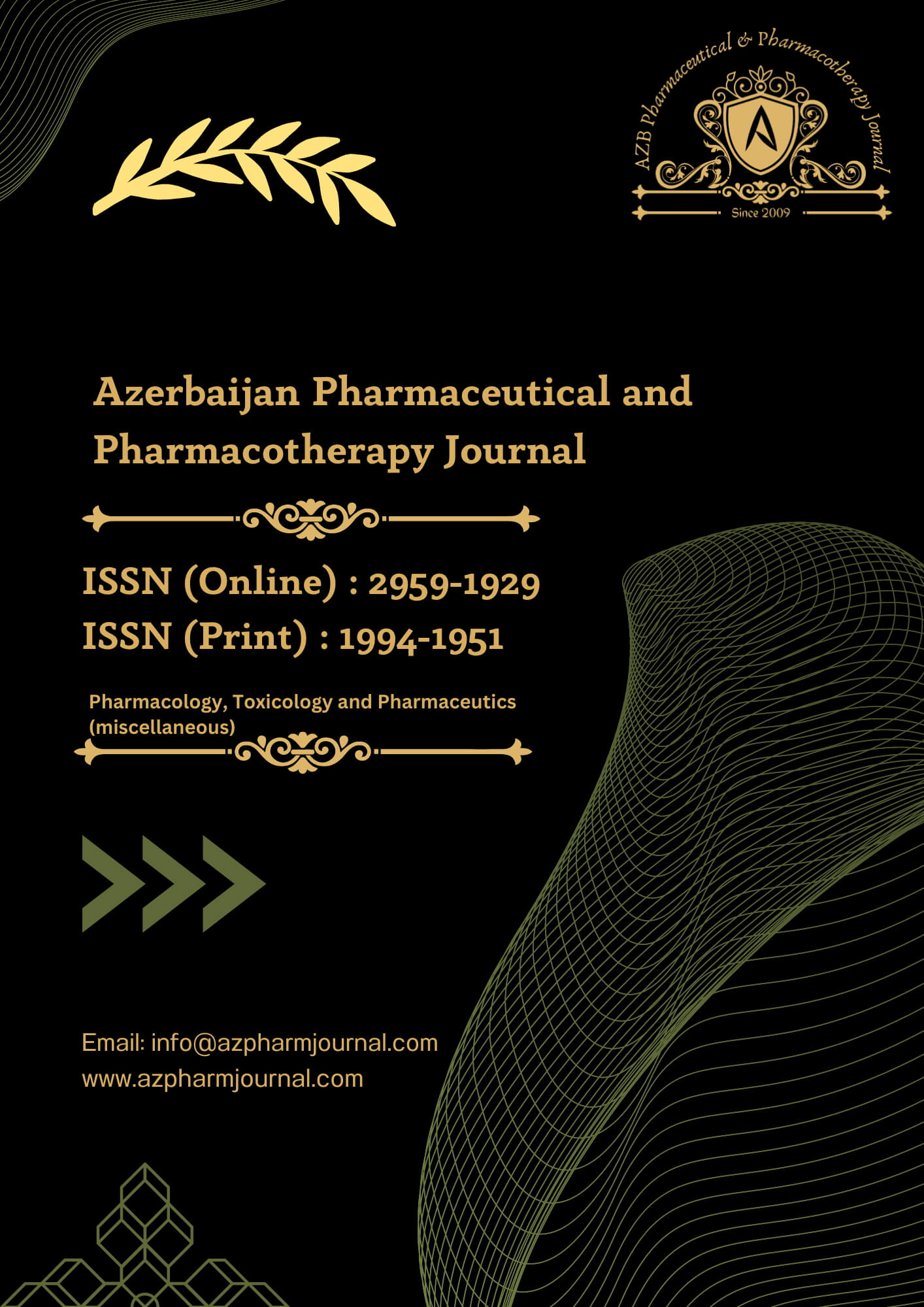Background: Postpartum hemorrhage is a major cause of maternal morbidity and mortality worldwide, highlighting the need for effective prophylactic interventions. Carbetocin, a long-acting oxytocin analog, may offer advantages over traditional Oxytocin in reducing blood loss and improving maternal outcomes. Due to its short half-life and duration of activity, oxytocin is presently the recommended treatment for preventing postpartum hemorrhage. However, in many small countries where cold chain transportation and storage are not possible, the effectiveness of the product cannot be guaranteed because it is sensitive to heat. In contrast, carbetocin remains stable under high temperatures. However, the available data is inadequate to establish the comparative efficacy and tolerability of carbetocin and oxytocin in avoiding postpartum hemorrhage after vaginal birth. The objective of this study is to assess and compare the safety and efficacy of oxytocin and carbetocin in minimizing postpartum hemorrhage in women who are undergoing normal vaginal delivery. Materials and Methods: By utilizing randomly generated numbers obtained from the internet, a total of 100 women were divided into two groups, namely Group C and Group O, with each group consisting of 50 women. Women in group O were administered an intramuscular injection of oxytocin at a dose of 10 IU, whereas women in group C were given a single injection of heat-stable carbetocin at a dosage of 100 μg. Medication administration commenced immediately after the baby's birth. The primary outcome measure was the average blood loss after vaginal delivery. The secondary outcome variables included the proportion of women who experienced blood loss over 500 milliliters, the requirement for extra uterotonic or surgical therapies, and the incidence of adverse events. Results: Women who were administered carbetocin had a significantly reduced average blood loss compared to those who received oxytocin, and this difference was statistically significant (p < 0.05). Conversely, there was no noticeable fluctuation in the Proportion of women experiencing PPH (excessive blood loss over 500 milliliters). While a smaller number of women in the carbetocin group required blood transfusions or additional uterotonic medicines, this difference did not reach statistical significance (p >0.05). There was no statistically significant difference (p>0.05) between the two groups in terms of the occurrence of adverse events. Conclusion: Carbetocin has shown greater efficacy than oxytocin in preventing postpartum hemorrhage in women who have had a vaginal delivery of a single baby. The government must ensure that carbetocin is both inexpensive and easily accessible.
